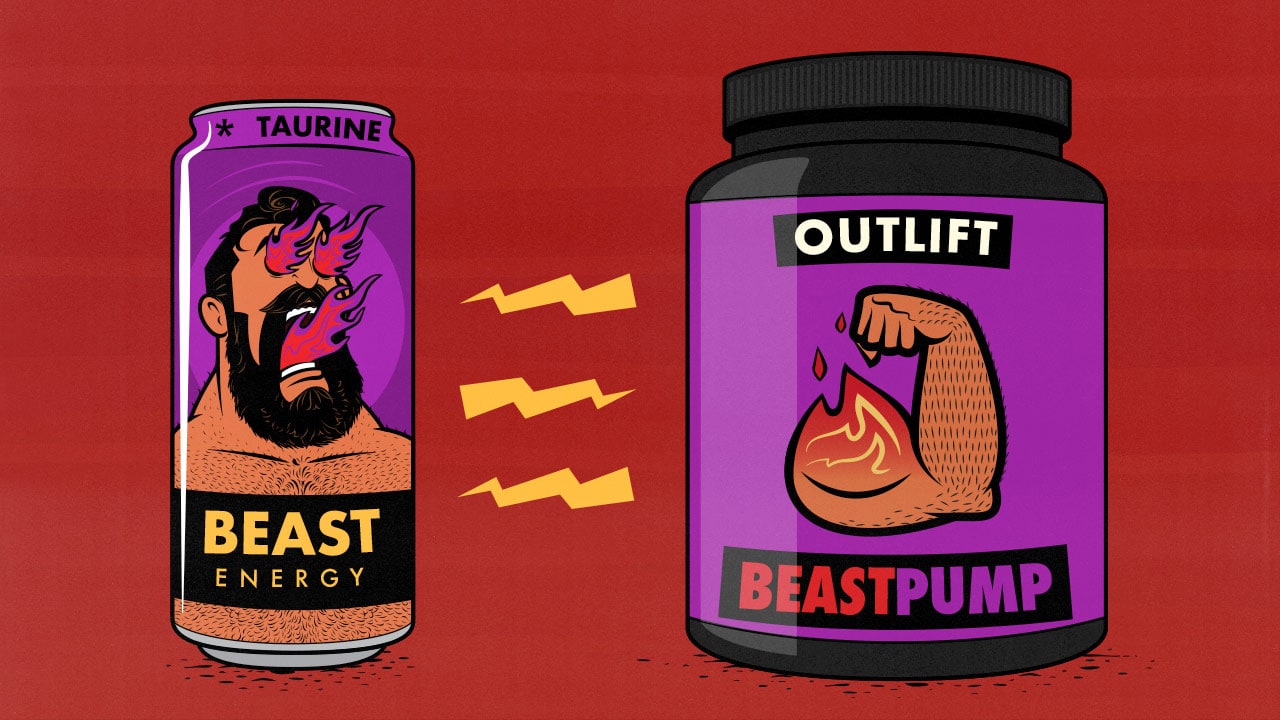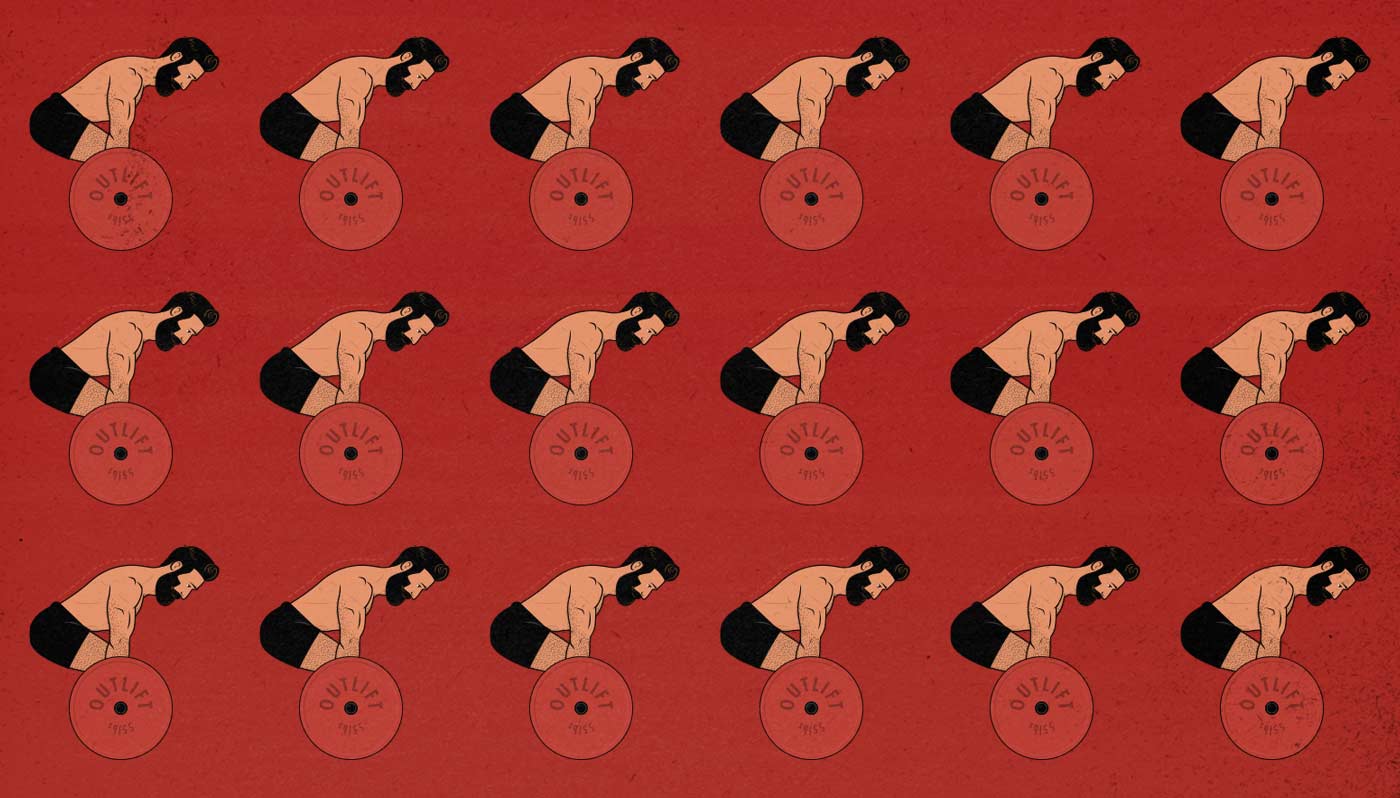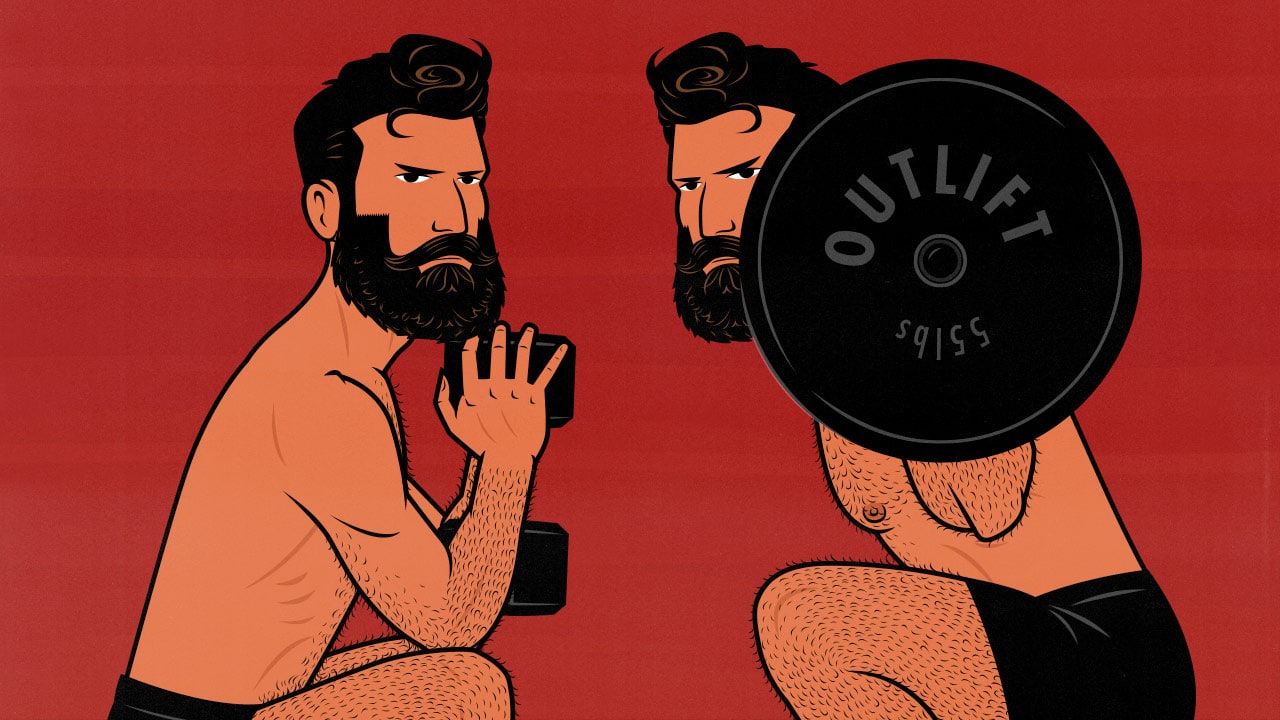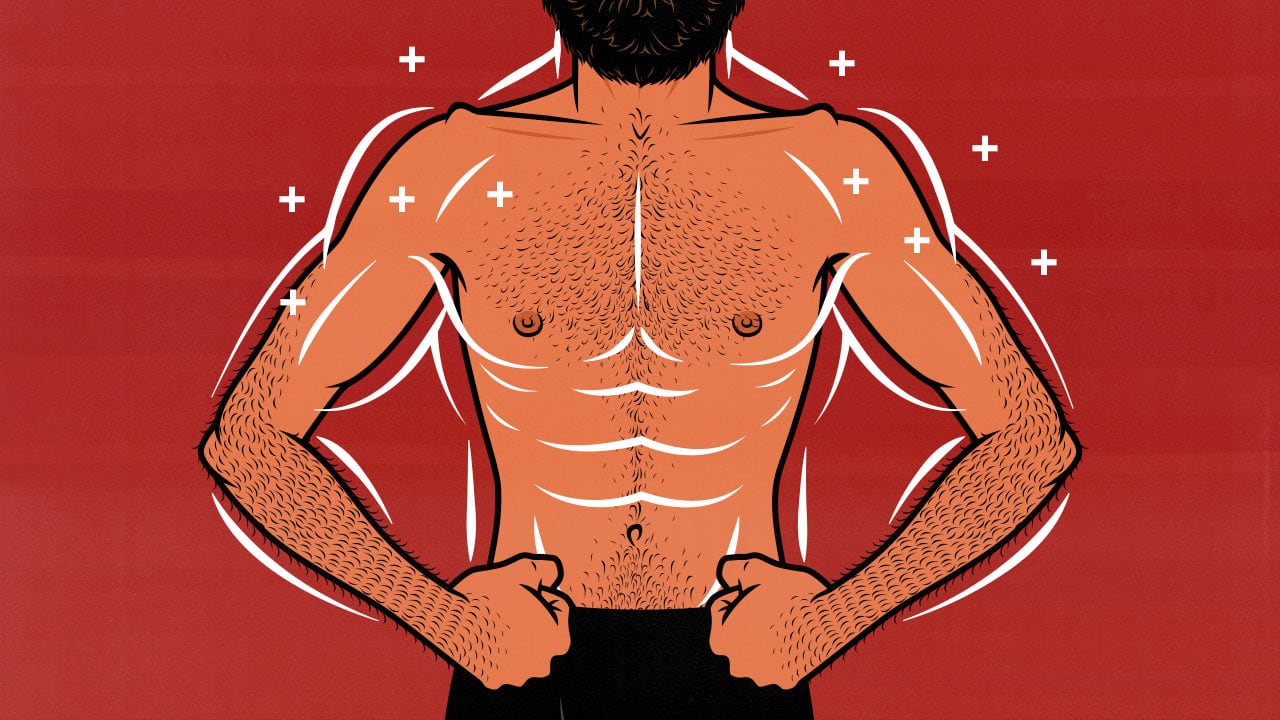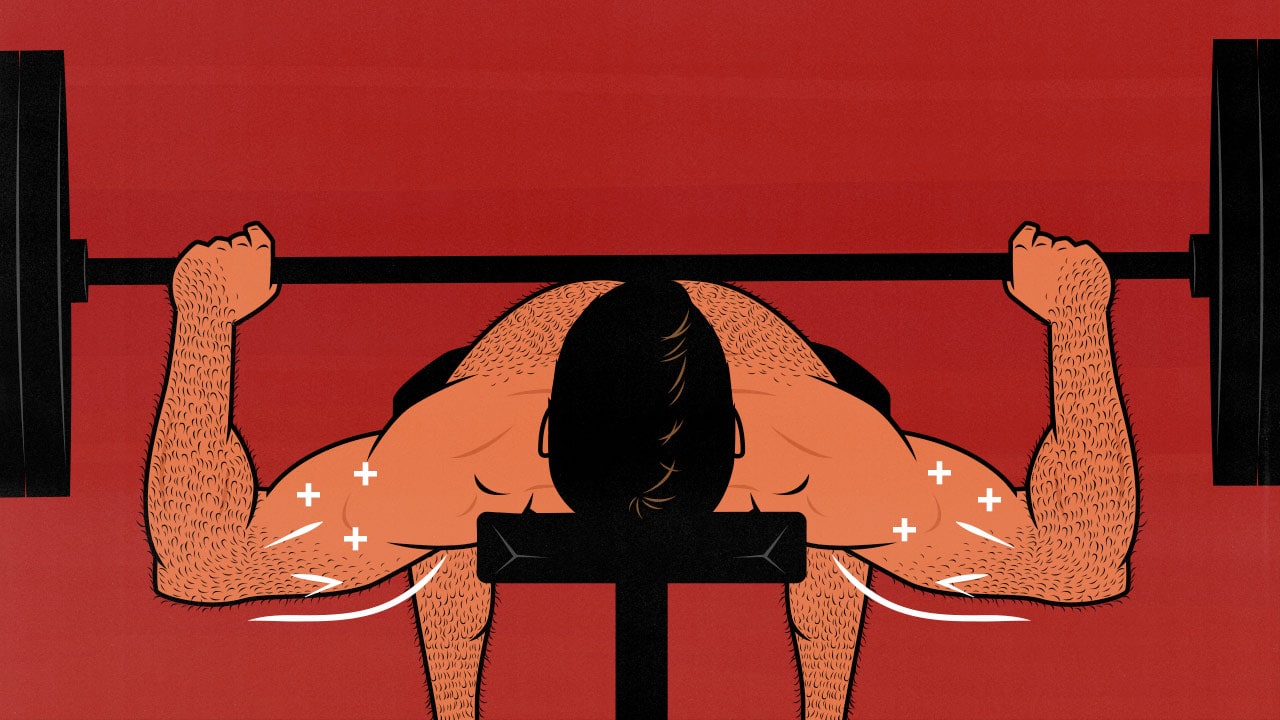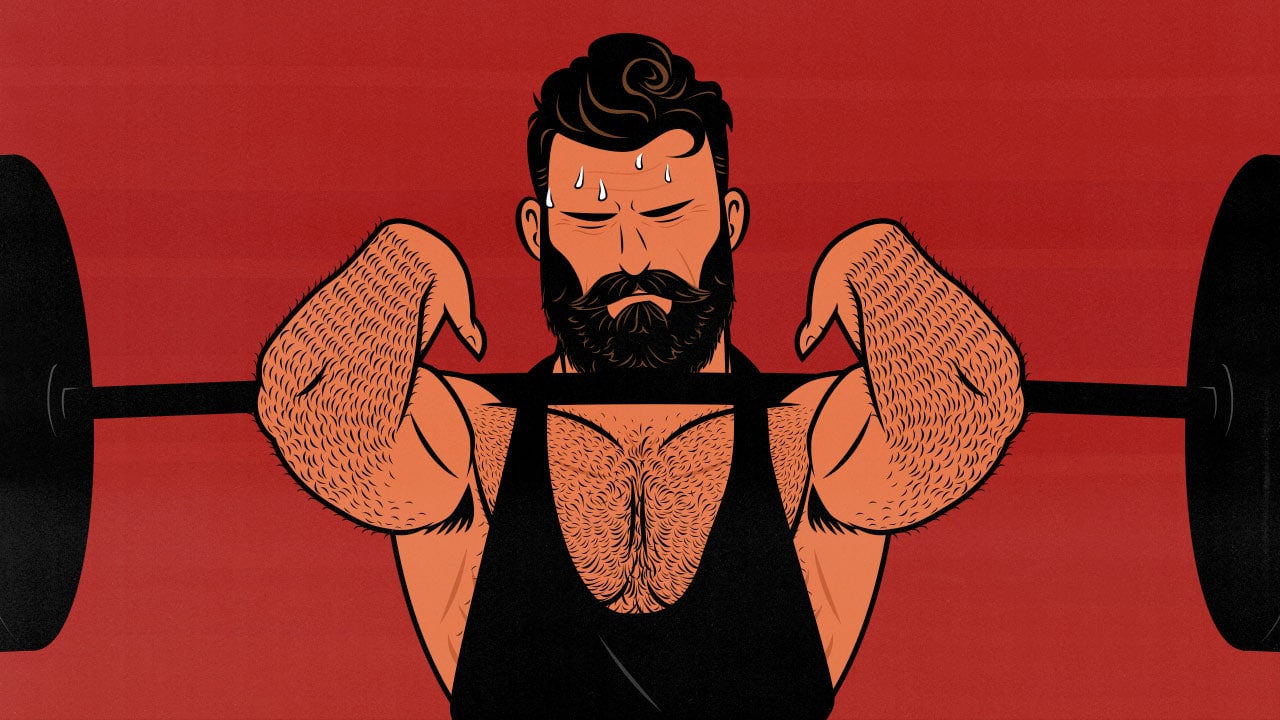Articles
Pre-Workout vs Energy Drinks: Differences Explained
Pre-workouts and energy drinks both have the same main ingredient: caffeine. The difference is that pre-workouts are specifically for improving exercise performance, fitness, and muscle growth, whereas energy drinks put more emphasis on cognitive and health benefits.
If you aren’t exercising, energy drinks are better. If you are exercising, you could make a strong case for pre-workouts. They really can improve exercise performance and muscle growth. It’s not quite that simple, though.
I’ll explain all the ingredients in pre-workouts vs energy drinks, including all the benefits of having a pre-workout before working out. Then, I’ll explain why I ignore those benefits and buy energy drinks.
Delve into the detailsHypertrophy Training Volume: How Many Sets to Build Muscle?
If you’re following a good hypertrophy training program, you should be able to maximize your rate of muscle growth with 10–20 sets per muscle per week. But that depends on which exercises you choose, what muscles you’re training, and how hard you’re training them.
If you’re training for other goals—strength, power, fitness, or endurance—you’ll stimulate less muscle growth per set, so you’ll need more sets to maximize muscle growth. However, you might also inflict more stress per set, meaning you can’t recover from as many.
So, we’ll start by reviewing the best type of training volume for building muscle. Then, we can talk about how many sets it takes to maximize your rate of muscle growth.
Delve into the detailsThe Best Hack Squat Alternatives (Barbell, Dumbbell & Machine)
Hack squats are a variation of the squat that puts more emphasis on your quads and less on your postural muscles. There are two reasons people choose hack squats instead of regular squats, giving us two ways to swap them out:
- Greater range of motion: Hack squats make it easy to work your quads through a deep range of motion, probably stimulating a little more growth than back squats. If that’s what you’re after, front squats and goblet squats are the best alternatives.
- Less fatigue: Hack squats support your back, putting less strain on your spine and postural muscles. They stimulate your quads without generating as much fatigue. If that’s what you want, swap your hack squats for leg presses, leg extensions, or split squats.
If you want dumbbell hack squat alternatives, look to dumbbell goblet squats and dumbbell split squats.
If you want barbell alternatives, choose between barbell front squats and barbell split squats.
In the rest of the article, we’ll delve into the pros and cons of each exercise, then show you how to do them.
Delve into the detailsHow Long Should Your Workouts Be to Build Muscle?
A good rule of thumb is to start with three full-body workouts per week, each lasting 45–90 minutes. When those workouts start to feel too long or tiring, add a fourth day.
If you’re following a good program, 45 minutes is enough to get you around 80% of your muscle growth. If you want to get closer to 100%, you can add in extra sets and exercises, training for the full 90 minutes.
Delve into the detailsThe Best Long Head Triceps Exercises
The long head of your triceps sweeps out underneath your arm, making your arms look bigger when you flex your biceps. But don’t be fooled by its prominent appearance. It’s one of those sneaky muscles that crosses multiple joints, making it more complicated to train.
Here are the best exercises for the long head of your triceps.
Delve into the detailsDoes the Bench Press Work Your Triceps? Yes, But Only Sort Of
The bench press does work your triceps, but it only works two of the three muscle heads, and not always very well. The third head (the long head) crosses the shoulder joint, interfering with pressing movements. This cuts your triceps growth in half.
The other issue is that your triceps aren’t usually the limiting factor, meaning they aren’t always worked hard enough to stimulate much muscle growth. That’s especially true with the dumbbell bench press.
We’ll quickly cover the biomechanics, then go over the main study, and then give you some better exercises to train your triceps. There are two triceps exercises that pair perfectly with the bench press.
Delve into the detailsHow to do the Farmer Carry: Benefits & Workout
The farmer carry, also known as the farmer’s walk, involves going on a short walk while carrying heavy weights. It’s popular with strongmen and athletes but less so with bodybuilders, which is a shame. Bodybuilders could benefit from it.
Marco learned the farmer carry while studying under Eric Cressey, the head strength coach for the New York Yankees. He went on to use it with his own clients, ranging from everyday people to college, professional, and Olympic athletes.
When Marco and I started making muscle-building programs together, he convinced me that farmer carries belong there, too. Here’s why.
Delve into the detailsWhat Does PR Mean in the Gym?
In gym lingo, “PR” stands for personal record. Getting PRs means your workout routine is working, that you’re adapting, and that you’re growing gradually bigger, stronger, or fitter. They’re important enough that we’ve named our website after them.
If you’re lifting weights, a PR is when you outlift yourself. Usually, it’s the heaviest weight you’ve ever lifted or the most reps you’ve ever gotten. For example, bench pressing 225 pounds for the first time is a PR. Doing 20 push-ups in a row for the first time is another PR.
PRs are similar when doing cardio. If you’re running, then you can set a new PR whenever you run further or faster (or with a lower heart rate) than ever before. The first time you run a 5k without needing a break, that’s a PR. The first time you run a 10k in less than an hour, that’s another PR. When you can run 10k without your heart rate passing 145 bpm, that’s another PR.
As a beginner, you should be getting a new PR almost every workout. As you get better, you’ll need to fight harder to keep adapting, and the PRs won’t come as easily or as frequently. Mind you, the PRs you do get will be much more impressive.
Delve into the detailsThe 5 Best Compound Exercises for Building Muscle
All the best muscle-building programs are built on the idea of progressively overloading the big compound exercises. If you aren’t able to progressively overload those exercises, then you won’t build muscle. And if you can’t build muscle, then you won’t be able to progressively overload your exercises.
Most bodybuilding programs prioritize effort. They emphasize doing more sets and reps, pushing harder, and focusing on the pump, the pain, the burn, and the strain. After all, pain is the feeling of weakness leaving the body, right? It can be, but your effort is only productive if it adds up to progress. That’s where strength training comes in.
Strength training is rooted in powerlifting, where your strength is determined by how much you can squat, bench press, and deadlift for a single repetition—your total. If you’re getting stronger at the big compound exercises, you’re improving. If you aren’t, the problem is immediately evident, allowing you to fix it right away.
However, strength training has its own problems. Low-bar back squats aren’t the best compound exercise for building muscle. Neither are wide-grip bench presses or wide-stance sumo deadlifts. The emphasis on progression is fantastic, but the exercises aren’t ideal.
We can combine both approaches. We can choose the best compound exercises for our goals, then attack them with the vigour of a bodybuilder and the focus of a powerlifter. If you can grow gradually stronger at the best muscle-building exercises, you can consistently build muscle.
Delve into the detailsDrag Curls Aren’t As Good As Regular Biceps Curls (Here’s Why)
A drag curl is a type of biceps curl where you keep the weight close, “dragging” it up your body. The idea is to make the curl easier at the bottom and harder at the top. This makes the biceps curls worse in two ways:
- You’ll stimulate more muscle growth by challenging your biceps at the bottom of the range of motion, not the top. There’s no benefit to emphasizing the top. The entire purpose of the drag curl is misguided.
- To keep the weight close, you need to bring your elbows back behind your body. This movement at the shoulder joint prevents the long head of your biceps from engaging properly.
This might make it seem like I hate drag curls. I don’t. You can use them to build bigger biceps. They’re a perfectly fine exercise. However, regular biceps curls are quite a bit better, so it’s hard to think of a situation where you’d want to do drag curls.
If you want to stimulate more muscle growth with your biceps curls, you should do almost the exact opposite of a drag curl. I’ll show you how.
Delve into the details
